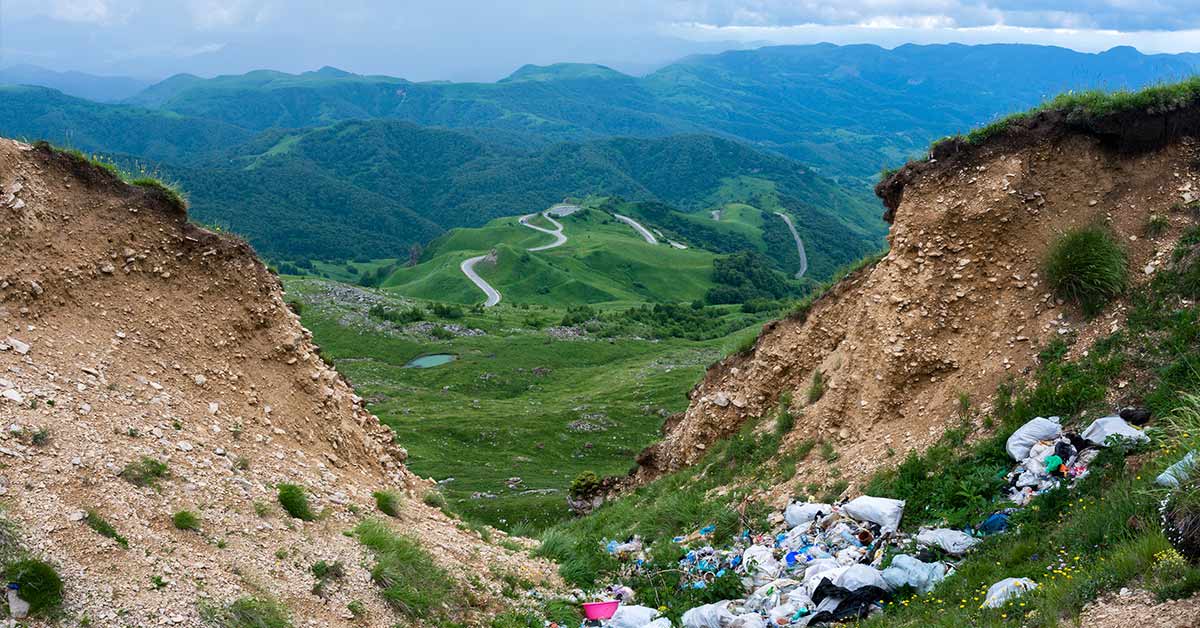As climate change continues and global temperatures are increasing, the snow and ice at the top of Mount Everest is melting. With that, it is revealing a shocking amount of garbage left by mountain climbers underneath – and human bodies. Now, there are teams tasked with the job of removing it all, which is in no way an easy task or one without its dangers. Summiting Everest, even for skilled climbers, can be a death sentence.
Melting Ice Reveals A Mountain Of Trash And Dead Bodies
Mount Everest is a famous mountain in Nepal also known as the world’s highest peak. It is nearly every climber’s dream to summit its 8,848.86 meter-peak. Unfortunately, it is highly sensitive to climate change. As the mountain warms and ice and snowmelt, it is revealing decades worth of trash, human waste, and hundreds of bodies of the climbers who never made it to the top.
Each of the 600 people who attempt the Everest summit each year spends weeks on the mountain, taking time to adjust to the altitude at each camp point. During that time, they produce an average of 18 pounds of trash per person. There’s obviously no trash service on Everest, so much of that ends up being left on the side of the mountain. This includes human waste because it isn’t possible to have washrooms or collection facilities for this once you go higher than base camp.
The issue with this trash and waste is that it is a health risk for those who live in the communities around the mountain. They rely on the water from the Everest watershed, which is being contaminated from trash, waste, and human remains left to decompose on the mountain. There are both NGO and non-NGO groups working hard to clean up the mountain. Other groups are also working on finding a sustainable solution to the waste problem.
Not Just Trash And Waste
As previously mentioned, the melting ice isn’t just revealing man-made trash and human fecal matter. It is also revealing the bodies of deceased climbers who died trying to get to the top. More than 300 people have died climbing Everest. While the majority of those are due to falls and avalanches, for those who died over 8,000 meters (known as “The Death Zone”), the reasons are more mixed. Some are attributed to falls, however, their brains reveal signs of neurological dysfunction. The rest are attributed also to problems related to altitude and altitude sickness as well as hypothermia.
The Effect of Climate Change On Mount Everest
Beyond just melting the snow and ice and creating an increased avalanche risk, global warming is also affecting the levels of oxygen at the summit. The fluctuations, which are becoming increasingly more unpredictable, can have a devastating impact on climbers and hikers. The region also is experiencing more floods and other dangerous conditions because of this.
In order to protect the mountain, the climbers, and the people who live there, many problems need to be addressed. This includes clearing up the trash and waste that are already there and creating sustainable solutions to prevent this build-up from recurring. Lastly, the whole planet needs to address climate change before it’s too late.
Keep Reading: City Found a Way to Save Water From Plastic Pollution and We Can Start Doing the Same

